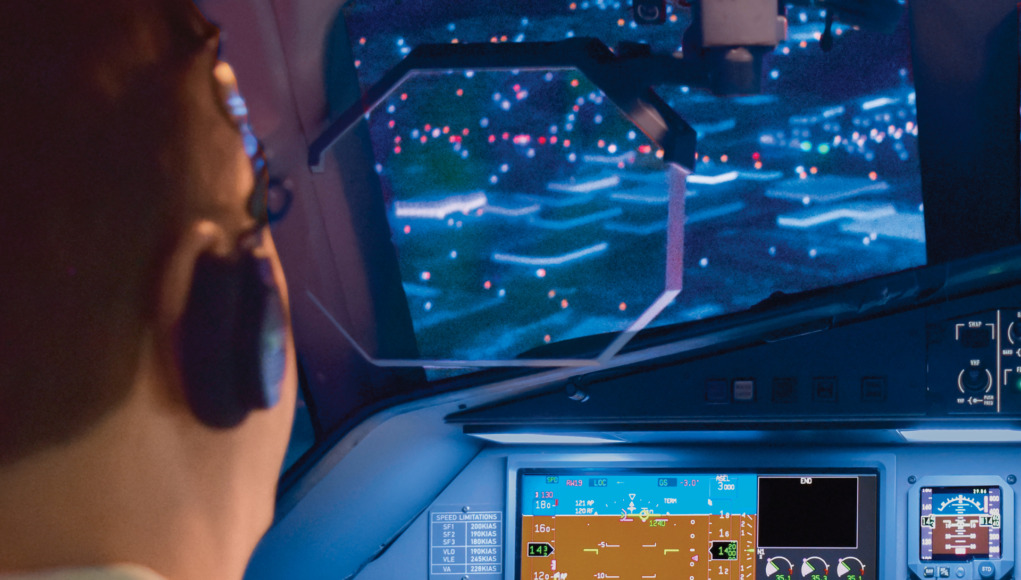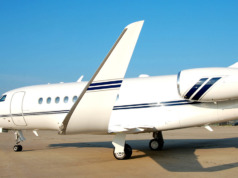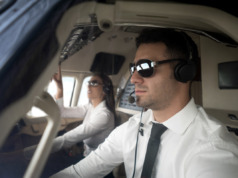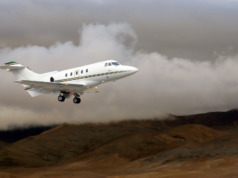In today’s aviation environment, one major challenge is finding qualified pilots who meet your safety and service requirements. With more aircraft now flying more hours annually, BizAv’s recent recovery has sparked the demand for a greater number of experienced pilots, with the appropriate ratings for today’s business jets and turboprops. As the Boomer Generation retires, you are competing with the commercial airlines for those highly qualified pilots (See “Sudden Dearth,” BAA July/August 2018).
Experience must be varied as well as cumulative to be useful, to enable anyone, whether manager, executive, or investor, to weather the unforeseen. When 20 years’ experience is simply one routine year repeated 20 times, one remains pretty much a novice, ill-equipped to operate effectively in challenging circumstances.
So it is for pilots. Fifteen hundred hours of flight time is the minimum required for pilots to qualify for an Air Transport Pilot (ATP) rating under Federal Aviation Regulations (FAR) Part 61. That enables them to serve as pilot-in-command for both owner (FAR Part 91) and revenue charter (FAR Part 135) flights.
But when those 1,500 hours are flown only in “severe clear” weather, primarily over calm rural environments, a pilot will not encounter the diverse weather or terrain conditions required to enable him/her to operate safety in high-density airspace or amidst sudden weather changes.
And 1,500 hours is only the minimum, even though it includes a 500-hour, night-flying component. As a safety-conscious owner, having invested in a seven- or eight-million dollar asset, you do not want it flown by someone who meets only a minimum standard – whether flight hours or situational experience.
Consider a flight into Aspen at dusk just as an unexpected snowstorm howls through the mountains. Or a rush hour descent into the U.S. Northeast Corridor on a Friday afternoon. That’s why flight training, conducted in full-motion, full-flight simulators, repeatedly regularly, is critical to ensure your flight safety, particularly if your flight crews’ primary experience has been routine flying in low density airspace.
How and where should those crews train to ensure their proficiency and ability to handle the challenging situations they may encounter?
As an owner and/or operator of business aircraft, you have multiple options for training your pilots. While actual in-aircraft training can be effective, most owners are reluctant to allow their aircraft to be intentionally operated in challenging weather conditions or with an engine shut down to simulate a maintenance problem. This is particularly true when training a pilot with limited flight time in their aircraft’s make/model. That is why a formal training program that includes full-motion, “Level D-qualified” flight simulators (the highest level of full-flight simulator) is the better option.
When offered by a formal training organization, it provides structure, discipline, preparation, planning, and the ability to simulate challenges that are part of the professional experience your pilots may encounter while flying you, your family, or your employees and clients. When certified to instruct using simulators under FAR Part 142 (and by other nations’ aviation authorities), these training centers provide a structured aircrew training program with curriculum and instructor/evaluator requirements that meet the rigid standards of government authorities for initial and recurrent training, and often use curricula that have been developed jointly with the aircraft manufacturer.
A Level D simulator provides accurate reproductions of the cockpit of specific aircraft makes/models, with standard crew seating, all typical flight and engine controls, and all panel instruments. The simulator is mounted on a hydraulic platform that offers full-motion through all axes – yaw (left/right), pitch (up/down), and roll. The windshield is a screen providing a 150º horizontal, digital simulation of what the pilots see throughout all phases of flight, from engine start to shut down, with realistic sounds. This enables instructors to immerse the pilot in a wide variety of flight situations, to train pilots how to handle problems and emergencies with no risk to themselves, their passengers, or to your aircraft.
Typical Part 142 programs contain extensive ground and flight curricula covering aircraft systems and performance, followed by full-flight simulator sessions that allow the conduct of normal, abnormal, and emergency procedures in any location, environment, or weather condition. Qualified by the FAA National Simulator Program, EASA, and other authorities, these full-flight simulators are built and equipped to the same standards as those used by U.S. domestic and international air carriers. Whatever the nature of the mission, consider a program that includes training in a full-flight simulator as your preferred option. Why?
- A full-flight simulator provides a safe and effective environment. Procedures can be practiced repeatedly without delays from air traffic, weather conditions, or air traffic control.
- Your aircraft is not out of service while it’s being used for training.
- Emergency and abnormal procedures also can be practiced in the simulator without risk under a broad variety of weather and environmental conditions.
- Use of the simulator allows aircrew to experience and respond to situations that simply cannot be reproduced during in-aircraft training, whether that’s an engine failure during a takeoff, a missed approach, or a helicopter systems failure requiring autorotation (disengaging the rotors from the engine, allowing them to turn freely and enable the craft to “coast” to the ground).
In addition, such training programs and services can include eLearning, pilot enrichment courses, and advanced courses such as Upset Prevention and Recovery Training conducted in a simulator using actual aircraft flight test data.
Recurrent training in a structured environment adds to the benefits of using a Part 142 flight-training organization. Annual training, as required under Parts 91 and 135 charter regulations, offers the crew the ability to brush up on maneuvers or procedures they may not see (and cannot otherwise simulate) in their aircraft. It also can keep the crew up-to-date with changes from the FAA’s Next Generation Air Transportation System and other regulatory guidance to Original Equipment Manufacturers’ (OEMs) or avionic upgrades to the aircraft.
Perhaps the most important reason to train at a learning center is the guidance of its highly experienced instructors. They must meet the stringent standards set by the training organization, and must hold regulatory certificates appropriate to the training they deliver. As professional educators, they tend to be excellent communicators with the ability to present complex aircraft systems and procedures in a clear and compelling fashion.
The best safety device in any aircraft is a well-trained crew. When all costs are considered, full-motion flight simulator training is also the better value compared to in-aircraft training. Direct operating costs, additional maintenance requirements, unnecessary risk exposure, and time lost to air traffic or weather considerations all add to the true cost of in-aircraft training. It’s worth the time and investment in a simulator-based formal flight training program to ensure that your aircrew are ready to meet the challenges they may face with your company’s greatest assets onboard – you, your employees, and your customers. BAA
H. Lee Rohde, founder, President, and CEO of Essex Aviation, a business and private aviation aircraft acquisition and consulting firm, has 30+ years experience in financial and operational analysis, manufacturing, distribution, and corporate business development.





